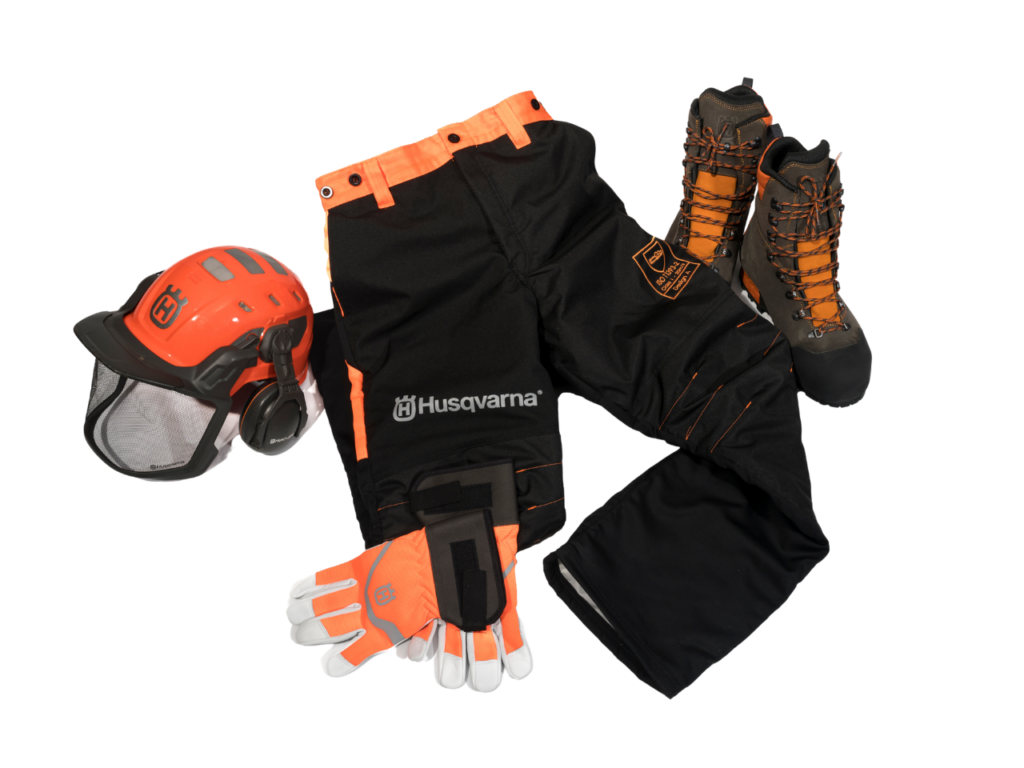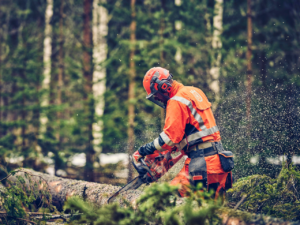Discover how human error contributes to 80% of workplace incidents and learn how proper PPE use can save lives and enhance workplace safety.
Workplace safety remains a critical concern to employers who need to maintain a productive and legally compliant work environment as per the Occupational Health and Safety Act (OHSA), and to employees in terms of their well-being. However, nearly 80% of workplace incidents are linked to human error! Disturbingly, a significant portion of these incidents are further compounded by the absence or improper use of personal protective equipment (PPE). These numbers highlight not only the inherent risks of human oversight but also the vital role of PPE in mitigating such risks.
Charles Henderson, Business Development Manager and Tree Professional at Husqvarna South Africa urges workers and employers alike to take these figures seriously.“Human error is an unavoidable part of being human,” he says. “But by wearing the right PPE and using it correctly, we can significantly reduce the severity of accidents or even prevent them entirely.”
Why Do Human Errors Happen?
Understanding the causes of human error is key to reducing incidents. These include:- Complacency: Familiarity with tasks often leads to a false sense of security. Workers may skip the use of PPE when they underestimate risks.
- Fatigue: Long hours, repetitive tasks, and physically demanding roles can impair decision-making.
- Environmental Distractions: Factors such as noise, poor visibility, or extreme weather conditions can compromise focus.
- Inadequate Training: Without proper guidance, workers may not know how or when to use PPE effectively.
The Dos and Don’ts of PPE
 To help prevent incidents caused by human error and inadequate PPE, he recommends these essential safety tips:
To help prevent incidents caused by human error and inadequate PPE, he recommends these essential safety tips:
The Dos of PPE
1. Always Match PPE to the Task Select PPE specifically designed for the job at hand. For example, forestry workers need robust protective helmets and chainsaw-resistant clothing. 2. Inspect PPE Before Every Use Even minor damage – like a small tear or a loose strap – can compromise the protection PPE offers. 3. Ensure a Proper Fit Ill-fitting PPE not only reduces effectiveness but can also pose additional safety risks. Adjust equipment to suit the individual. 4. Replace Worn-Out EquipmentPPE has a lifespan. Helmets, gloves, and other equipment should be replaced when damaged or upon reaching the manufacturer’s recommended expiry date.
5. Educate Workers Training is essential. Workers must not only know how to use PPE but also why it’s critical for their safety.







